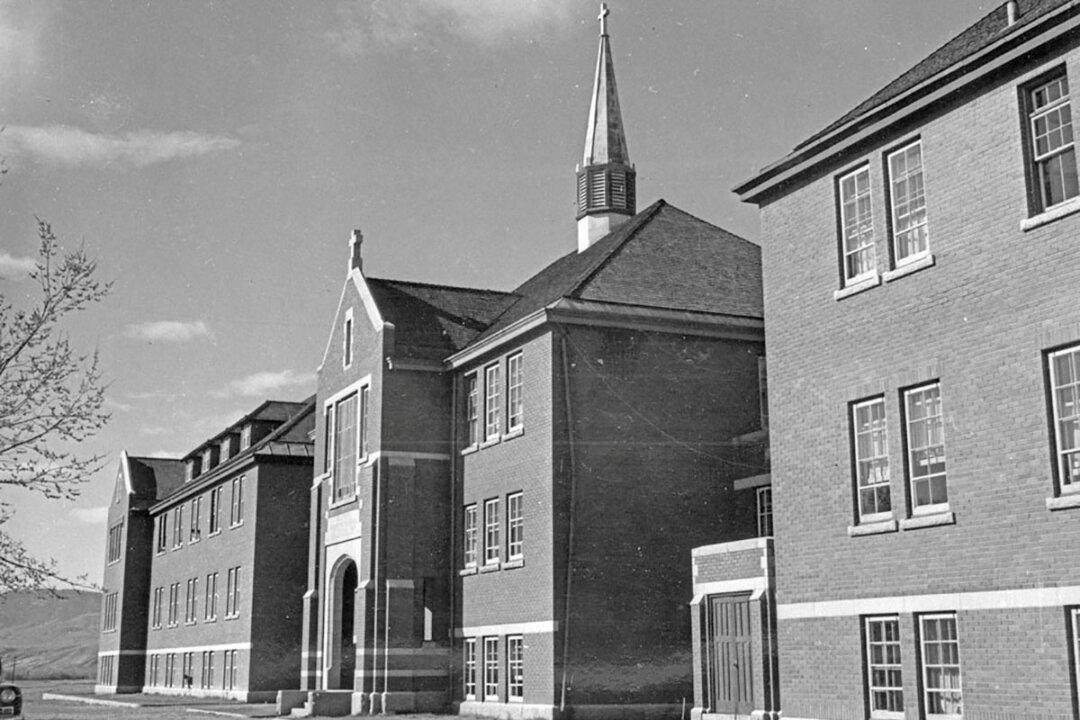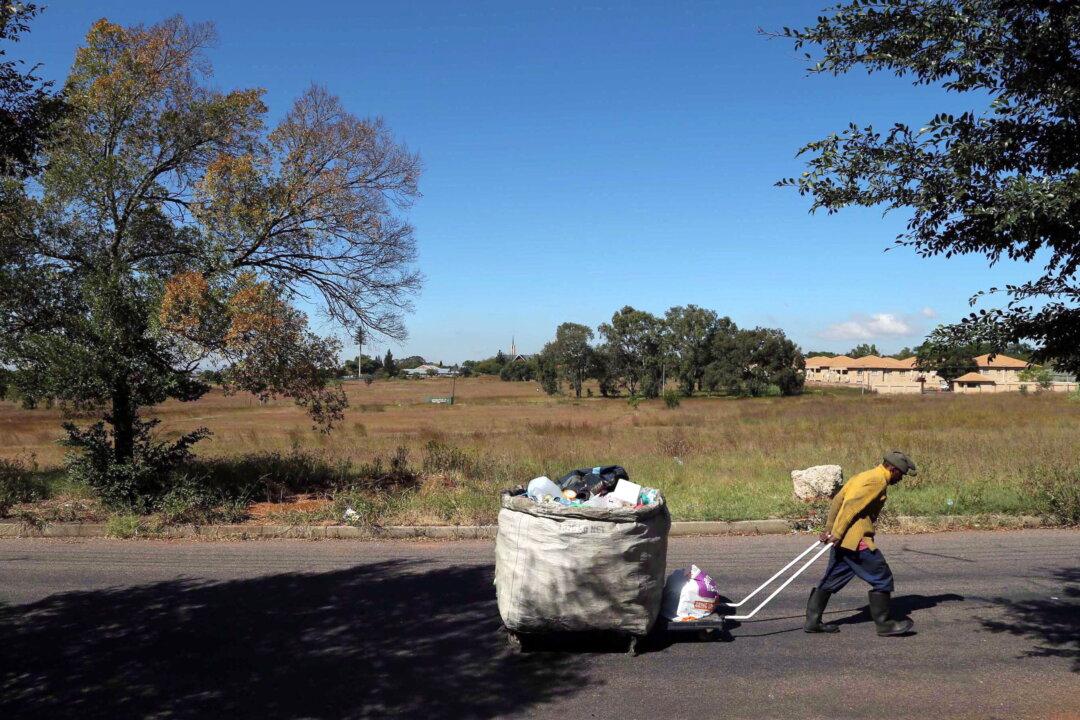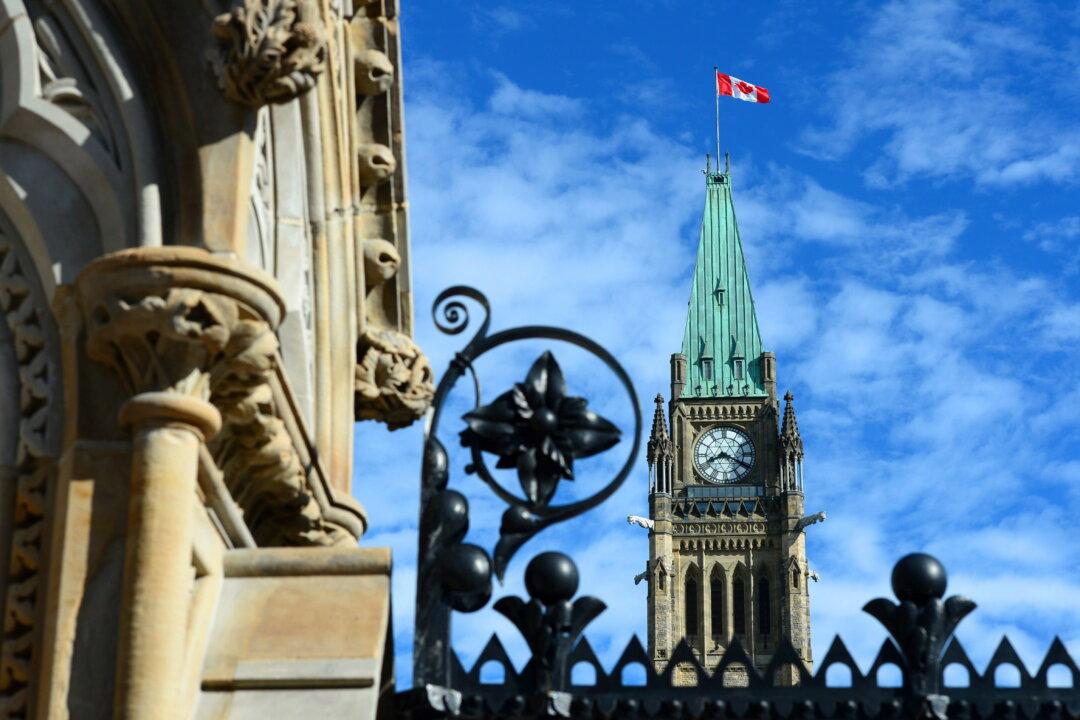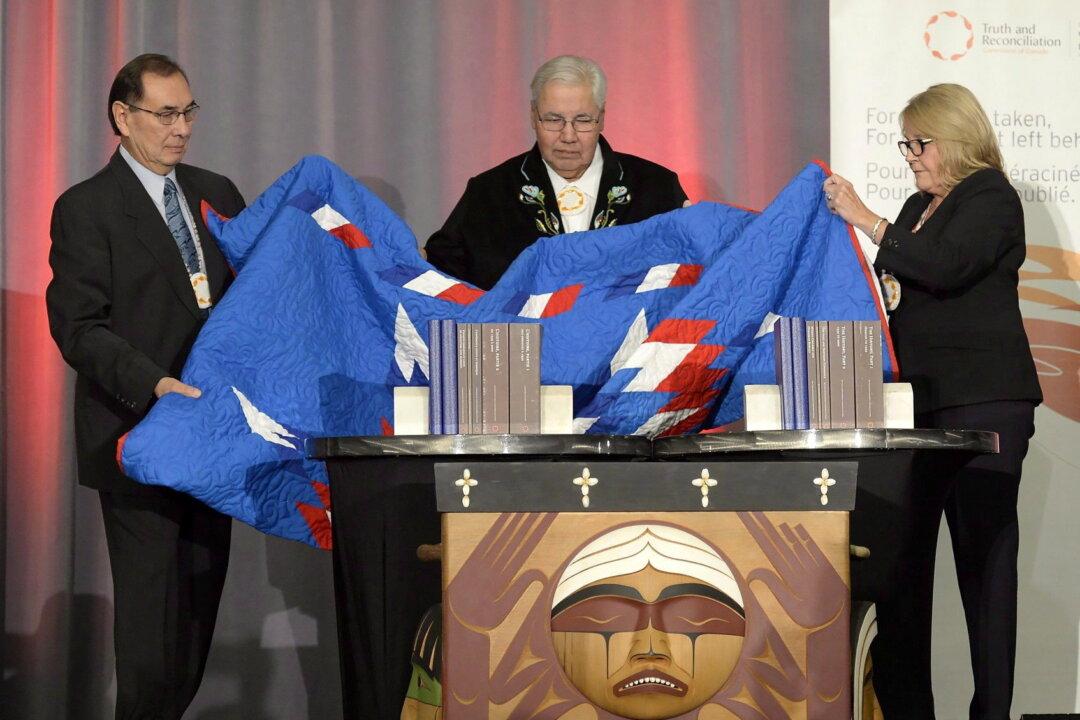Commentary
Over the last two months or so, popular newspapers in Canada and around the world have been filled with reports and commentaries on the discovery of 215 graves on the grounds of the former Kamloops Indian Residential School and an increasing number of graves at other residential school sites across the country.





